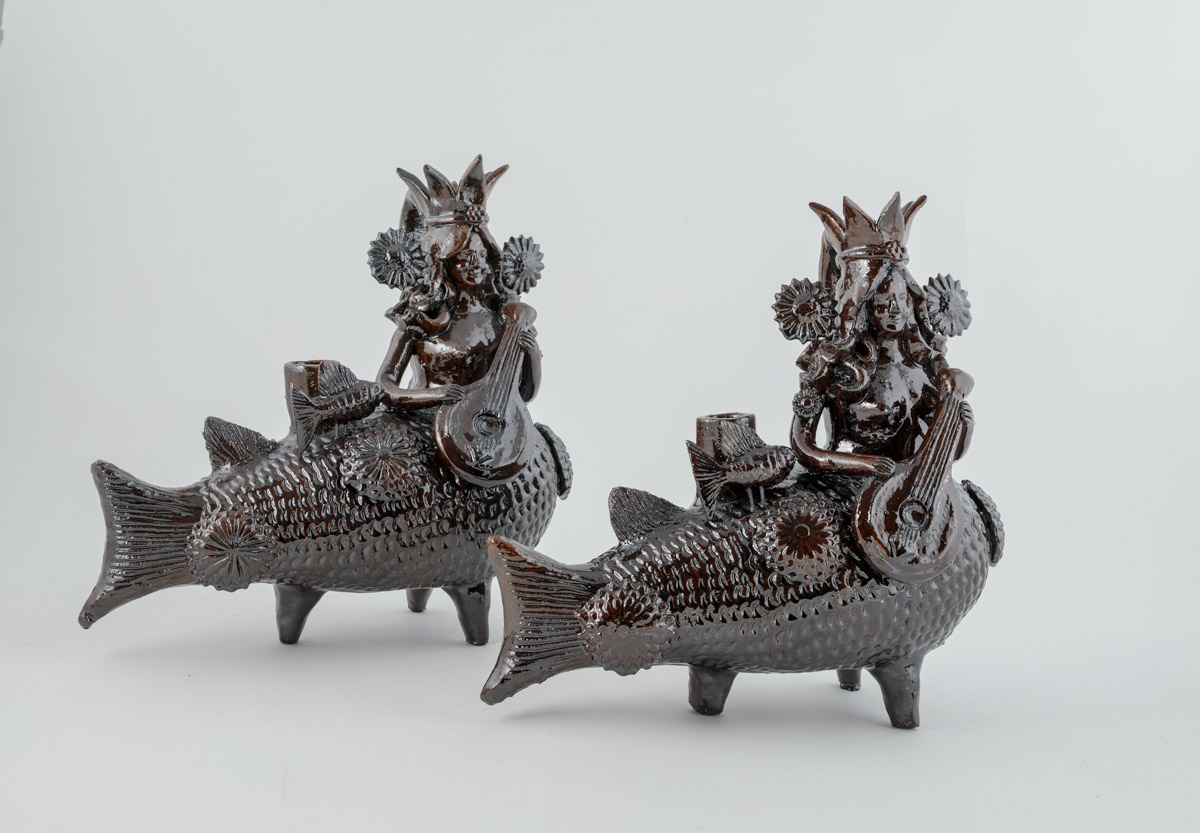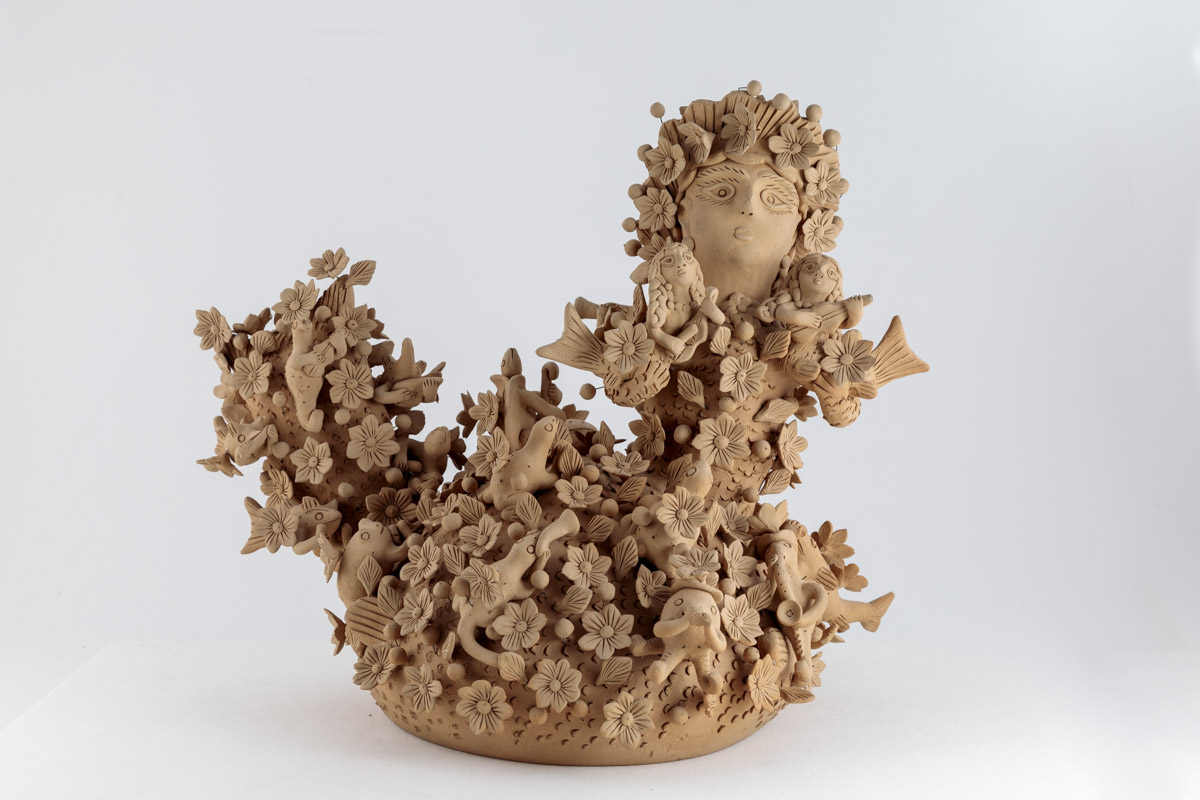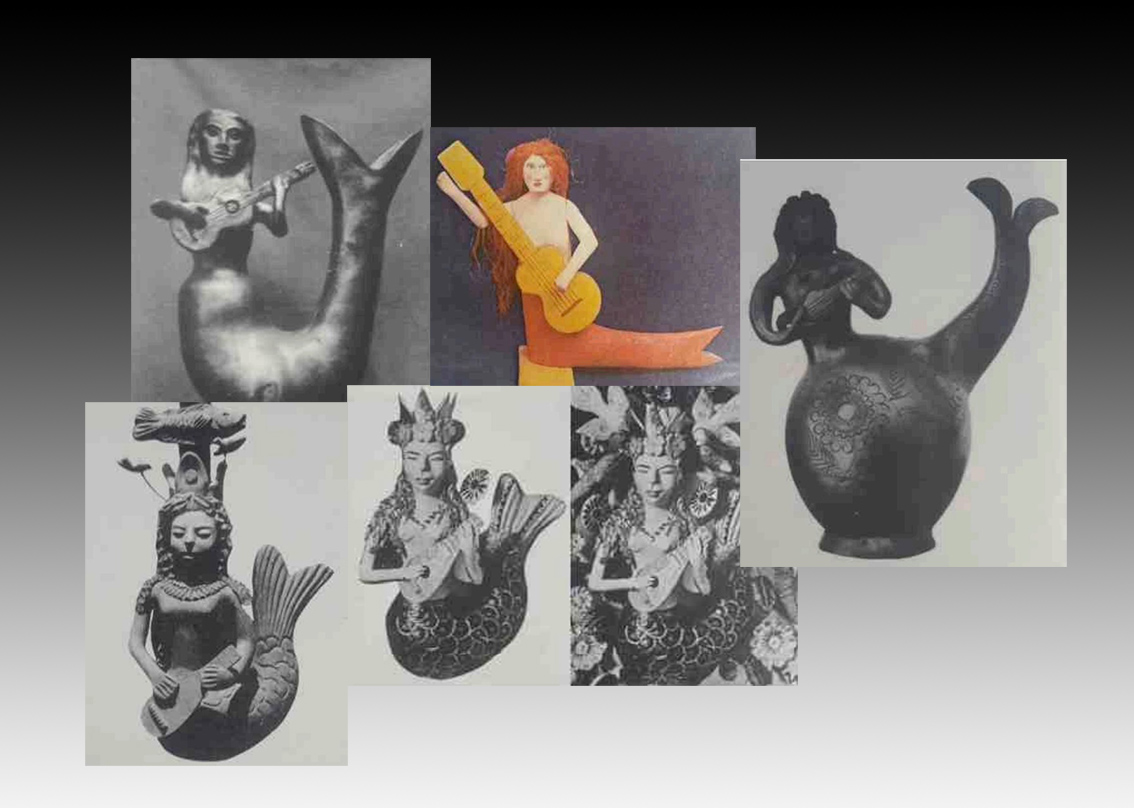October 2019. Iturbide Palace, historic center of Mexico City, home of the National Bank of Mexico Museum (today Citibanamex). An architectural jewel of the New Spain Baroque, the tallest construction in Mexico City from the late 18th century. Three levels: the ground floor with a mezzanine for the house offices, the accessories and the entrance door; the main floor, with the family rooms and the dais room; and a loggia on the third floor, with a view to the north of the Valley and two towers, music rooms, guest rooms, or attendance room.
Originally, the Palace was made up of three courtyards: a main one, with a square plan, and another two, with a simpler composition, where the stables, garages, laundry rooms, the kitchen and the services of the house were located. A facade that combines the tezontle in reddish tones and the chiluca stone in gray. In 1823, it was the residence of Emperor Augustine I, from whom he took his surname. It survived several uses and finally, in 1964, it was acquired by the National Bank of Mexico (Banamex), which renovated it and, in 1972, transformed it into the headquarters of its cultural development agency, which, as of 2004, operates in conjunction with Citibank.
An exhibition dedicated to commemorating the twentieth anniversary of the publication of the first book on the Great Masters of Popular Art. A tribute to the first 150 architects who, in 1996, formed the original project of a Bank support program that would set the standard by rewarding traditional techniques and materials used to perfection. This sample also included the new Grand Masters, those who have been incorporated into the Program with the purpose of promoting and strengthening the country's artisanal creation through the delivery of economic awards, the creation of a collection and the consolidation of workshops of different specialties, as well as the organization of exhibitions, the publication of books, and the commercialization of artisan production. Great masters of popular art, 20 years.
3,436 pieces.
1,262 sets.
624 Grand Masters.
347 locations.
32 Mexican states.
450,000 visitors attracted by these pieces made in different regions, by various ethnic groups, by rural and urban artisans, and grouped according to materials and techniques: cardboard, wax, clay, natural fibers, metals, wood, textiles and stone illustrating the quality of the work.
There - among those almost 3,500 pieces - four mermaids in clay. Two in brown glaze and two, made up of flowers applied to the pastillage.
With his guitars, of course. Like in the book of my childhood.
1973 or 1972. The popular art of Mexico, extraordinary number of the magazine Artes de México from the years 1970-1971. A gift, a travel souvenir for a daughter who is waiting for him and will walk him through school with pride, without reading it but delighted with the images, maps, drawings, colors and photos of objects never seen in the flatness of the suburban pampas.
Among them, the trees of life and, above all, some mermaids who, in clay and wood, played the guitar, the lute or the mandolin.
Payadoras (women who sing) from an unknown country appeared in the pages dedicated to Oaxaca, Puebla and Metepec, in the State of Mexico.
One on page 62, in burnished black clay with graffito decoration, came from San Bartolo Coyotepec, “the pottery center par excellence, near the capital, where the famous ceramic of a beautiful metallic black color is made, due to lead oxide. It contains the clay and the hand burnishing with which they finish it. It is produced with primitive techniques of pre-Hispanic origin, sometimes freehand modeling such as the beautiful spherical jugs and others pressing the clay into molds of different shapes: mermaids, virgins of Solitude, horses, bells, etc. many of them with whistles”.
Another, in color. A left-handed mermaid. A polychrome wood carving made by Manuel Jiménez - future Grand Master- from San Antonio Arrazola, also in Oaxaca.
The third, from the State of Mexico, appeared twice and with a lute on pages 78 and 79: without an author, a polychrome clay piece, a detail of a tree of life, those compositions in the form of a candelabrum, a traditional gift of marriage, where flowers, animals and other decorative elements are mixed in a variegated way, in a multitude of shapes and colors, generally of a Christmas or biblical type such as Adam and Eve in Paradise, the serpent, the archangel and the Eternal Father .
Also without an author and from the State of Mexico, on page 81, a hand-modeled figurine in the natural color of the clay.
Finally, the last one on page 90: a Puebla siren in black clay from Acatlán, another ceramic center of great importance, where a type of matte painted black earthenware is made, with which “they also model animal figures, pitchers and animals. in reddish brown clay, of ancient shapes, made in mold smoothed by hand; another with figures such as bulls, doves, mules, candlesticks, incense in brown clay or on a white background, hand painted in tempera with bright colors. Traditional of this ceramic are the series of animals on top of each other, culminating in a cock or a bird. But the most outstanding feature of Acatlán is the ceramics of the artist Herón Martínez, whose pieces are creations all different in shapes and textures. Candlesticks with intricate arms in the sober color of dark clay, fantastic animal mermaids, each one a true masterpiece of ceramic sculpture”.
A total of five, one more than in the 2019 exhibition but other types, other techniques, other authors.
The word "mermaid", read the book after half a century, appears twice, as if they did not exist, as if it was unnecessary to name them or as if they and their guitars were such a natural product that it was not necessary to explain them. And yet there they were and continue to be, without history, without date or place of birth.
Artes de México - the famous gift - was not a book even though he named it that way and was used as a figurine album, reviewing it, to see which was the prettiest while the accompanying text remained silent. He could say whatever he wanted: the shapes, the colors, the variety, the highlights didn't need words.
Artes de México was a cultural magazine established in 1953 by Miguel Salas Anzures. It had emerged as an organ of diffusion of the National Front of Plastic Arts (FNAP), constituted in the First National Assembly in this area held in May 1952 at the Palace of Fine Arts. The Front, which functioned between 1952 and 1961, was the second most important leftist group in the history of Mexican art. It was preceded by the League of Revolutionary Writers and Artists (LEAR), in force from 1933 to 1938. Anzures, among others, was a member of its steering committee, the one that promoted the creation of a bulletin to deal with the problems in which he and his friends were immersed. , comrades and colleagues. Until that moment, the only publication that existed was México en el Arte, a body of the Advisory Council of the National Institute of Fine Arts, expensive and with restricted circulation.
The new magazine, on the other hand, would adopt the shape and size of a tabloid and would incorporate Vicente Rojo - at that time designer and illustrator - as in charge of the editorial design. Some members of the Front wrote in it; The defense of popular arts and realistic painting against abstraction was promoted, a program, in part, in line with that of socialist realism: a relevant and understandable, figurative, truthful art. They were not the likes of Salas Anzures, but the assembly decided, and it was law.
The members of the Mexican Front - as was tradition on the left - donated works to fund the foundation of a gallery and a publishing house, an essential difference compared to the Soviet Union program, where the State was the only patron and the artists, employees of the state machinery.
The magazine soon became independent from the Front and established a board of trustees. Salas Anzures took over the direction and Rojo took over the artistic direction, also deciding its bilingual edition, in English by Samuel Cossío Villegas. The French would come a little later, as an appendix to good sense and fine print.
The documentary materials came from the archive of the Institute of Fine Arts, where the normalista Salas Anzures worked. But several colleagues were also commissioned to collaborate with his research, archives, and personal collections. The writers' work was distributed in meetings held on weekends at their homes, with family and children around.
The first issue came to light in October 1953, accompanying the exhibition 20 Centuries of Mexican Art at the National Museum of Plastic Arts of Mexico, a sample derived from those mounted at the Museum of Modern Art in New York from May to September of 1940, under the curatorship of Miguel Covarrubias and, above all, of those inaugurated in the museums of modern art in Paris, London and Stockholm in 1952. In them painting, sculpture and graphics shared the space with pre-Hispanic art, novohispano and popular from the collections of Rosa and Miguel Covarrubias, Lola Álvarez Bravo and the defunct Museum of Popular Industries and Arts.
In Mexico, this novelty was imposed as a model that, willingly or not, created a timeline that inverted the order of things and went from pre-Columbian to modern art, passing through colonial objects and popular art. Mexican art, ancient and modern, from pre-Columbian times to the present day, 20 centuries of Mexican art, a lineage, an idea of continuity, a series that connected pre-Cortesian motifs with the present thanks to popular art objects that, despite from having a date of creation and being linked to very specific biographies as contemporary as those of curators and collectors, they were placed in a sort of passageway that, running through the veins, transfused the sensibilities and forms of ancient times to the artists of the present. After all, by race, the spirit spoke, according to the famous phrase, stamped with fire in the institutions created on the centenary of independence that coincided with the end of the wars of the Revolution and the initiatives of the Secretary of Public Education , the philosopher José Vasconcelos (1882-1959), champion of miscegenation as an anchor of the Ibero-American continent. This criterion would reunite these works in other exhibitions, such as the Mexican painting and graphics that the Front organized in Poland.
Many, in addition, endorsed the phrase of the hydro-Colombian intellectual Anita Brenner, the anthropologist of Jewish origin, graduated from Columbia and born in Aguas Calientes who, in 1929, published a book whose title would become famous as a catchphrase: Idols behind the altars. Behind the Christian altar, the idol survived, unscathed, ready to reveal itself against the oppressor.
Although it would be necessary to deny, for this, that to the idols and altars of 1930, so many things had been attached that they could no longer be distinguished from each other or from the icons of the most remote places. Layers of history, strata, forgotten interventions, shipwrecks, Chinese and desert flowers, people trying to survive revolutions, conquests, betrayals. Inventing himself and, at the same time, without so much intention of affirming this spoon, this charro, this monkey, is mine as long as they could sell it and, that night, have something to swallow.
Anyway, "The popular arts of Mexico", that special issue of the magazine Artes de México, for 1979, had fifteen issues. Its authors: the marriage of two collectors, Tonatiuh Gutiérrez Olguín (1929-2000) and Electra Mompradé López (? -2018).
He, a recognized character in the political, cultural, sports and social circuit, the son of a government official during the Lázaro Cárdenas government. Athlete of high level, she participated in the Olympic Games in London 1948 and Helsinki 1952, in the discipline of swimming, as well as in the Pan American Games (Buenos Aires, 1951), where she won two medals in freestyle. He also participated in the Central American and Caribbean Games (Mexico, 1954), in addition to serving as a coach for the Tokyo Olympics (1964). Graduated in Economics from the National Autonomous University of Mexico (1966), he joined as a professor and worked in public administration as director of exhibitions for the National Tourism Council and later at the Cooperative Development Bank, from where he founded the National Fund for the Fomento de las Artesanías (1973), an organization that he chaired until 1976. A collector and promoter of popular art, he bequeathed a series of publications in which he served as author and co-author, alongside Electra, daughter of exiles from the Spanish Civil War, a expert in dance and pre-Columbian costumes and Mexican history and culture. Together with her husband, they joined the PopulArt group, promoters of the founding of the Museum of Popular Art. Their great interest in preserving Mexican culture led them to visit the entire country, capturing a large number of photographic images of the cultural richness, religious manifestations, festivities and representative dances of each region, which they donated, while alive, in the year 1997. a Banamex Cultural Promotion. From these photographs, the illustrations of his "Popular Arts" came out, a panorama of the motifs and objects of 1970. And the likes of him.
The documentary collection of the Gutiérrez family is today divided into nine branches, contained in 35 folders, in an order that - once again - forms a reality and defines the different aspects of the customs and daily life of indigenous peoples according to a series categories, namely:
1. Mud -
2. Vegetable fibers -
3. Wood -
4. Metals -
5. Paper, leather and stone-
6. Textile -
7. Various -
8. Dances and festivities -
9. Characters -
The clay, the party and the dance, the marrow of the Mexican people that, as the mermaids suggest, is also the result of commissions from far away.
(*) Special for Hilario. Preview of his book "Desubicados" (Beatriz Viterbo, Rosario, June 2022).



